THE GEOSPATIAL
REGISTRY
TL;DR
The GeoSpatial Registry or GSR for short is a global index and cross-chain tool for publishing geofenced digital assets into the physical world. It is the backbone of a decentralized and interoperable physical-digital world. The core benefits of publishing into the registry are:
- Visibility: the GSR embues digital assets with a geohash or location anchor which can be visible through any AR platform
- Flexibility: the GSR gives additional utility to digital assets, creating new points of reference on-chain
- Interoperability: any metaverse can be built on top of the location and asset data minted on the GSR opening up new worlds of experience
- Transparency: the GSR immeliorates confusion over the validity of digital experiences in the physical world as placements and movements of assets are referencable on chain.
The GSR is designed for a world absent of centralized walled gardens defining the provenance for in-world assets.
Intro
It’s been an exciting couple of months for Illust AR as the team’s been busy building away on what’s known as the GeoSpatial Registry. Manifold recently launched a Royalty Registry for marketplaces to create a standard for interoperability with royalty distribution. Illust is looking to do something similar for where digital assets exist in the physical world through the GeoSpatial Registry, or GSR for short. The GSR is built in collaboration with the Polygon network, but will work for any blockchain asset, and will be used by partners in the Web2 space as well. The GSR is significant for three key reasons: provenance, interoperability, and access.
How does the GSR encourage the provenance of digital assets?
Augmented reality will usher in a new wave of human experience, redrawing the lines between digital and physical observation. We can already experience a universe of augmented reality experiences from Pokemon Go to brand activations such as Game of Thrones “House of Dragons.” While engaging in these experiences, a user knows the Pokemon or dragons they capture come from the app creator because Apple validated the application’s provenance through its submission process.
But what happens when the App store isn't there to validate experiences?
Web technologies paired with the blockchain provide open frameworks to build and deploy content experiences. Imagine an open and decentralized internet where any content publisher or experience creator could render an experience online at a specific location, say, on a field in central park.
As a visitor to this open world, I might have trouble ascertaining if a specific art piece comes from whom they say they are—more on this in the next section.

The Registry validates content and experiences that exist in the physical world.
Provenance for location-based digital assets gives confidence to users that what they experience or purchase comes from a verified source. But how? The GSR allows anyone to declare a location and a customized AR scene for an NFT on any blockchain. Then, Illust’s GSR Indexer service can check the appropriate blockchain to verify the NFT was placed there by its true owner.
But you don’t have to trust us! Because the GSR data is published to an open protocol, you can also easily verify ownership yourself.
Without the GSR and the Indexer, someone could try to sell a fake CryptoPunk or Bored Ape avatar from a particular site in the physical world, and the buyer would have to assess if the piece was a fraud or not themselves. If the art piece in the Registry, they can know they’re looking at a genuine asset placed by the genuine owner.
To learn how to verify partners, please visit our Litepaper (coming soon)
How does the GSR encourage interoperability?
An open, decentralized, and web-based metaverse gives projects and creators a framework to freely move their assets. This movement is free from any centralized gatekeeper throttling their usage or access.
"Imma do me homie, you should do you"
With an open registry on the chain, all creative assets and experiences can be referenceable. Still, the underlying owner of the assets is the only one who can change the assets’ location. This will open up the opportunity for any enterprising creator to build their metaverses(metavi?) on top of this data. For example, if someone wanted to create an entire street art metaverse, they would have the freedom to do so by referencing the on-chain elements of the Registry.
We look forward to a world where a single built asset can move across new digital lands frictionlessly. Historical walks, city-based experiences, sports, culture, you name it; augmented reality metaverses will be created using elements from the Registry. And we can’t emphasize this enough – all digital assets are referenceable, from non-EVM chains like Tezos and Solana to even centralized public data stores.
But you don’t have to trust us! Because the GSR data is published to an open protocol, you can also easily verify ownership yourself.
Without the GSR and the Indexer, someone could try to sell a fake CryptoPunk or Bored Ape avatar from a particular site in the physical world, and the buyer would have to assess if the piece was a fraud or not themselves. If the art piece in the Registry, they can know they’re looking at a genuine asset placed by the genuine owner.
What type of content can live in the GSR?
- Blockchains: any
- File formats: any (glb, gLTF, mp4, png, jpg are supported on the Illust AR App)
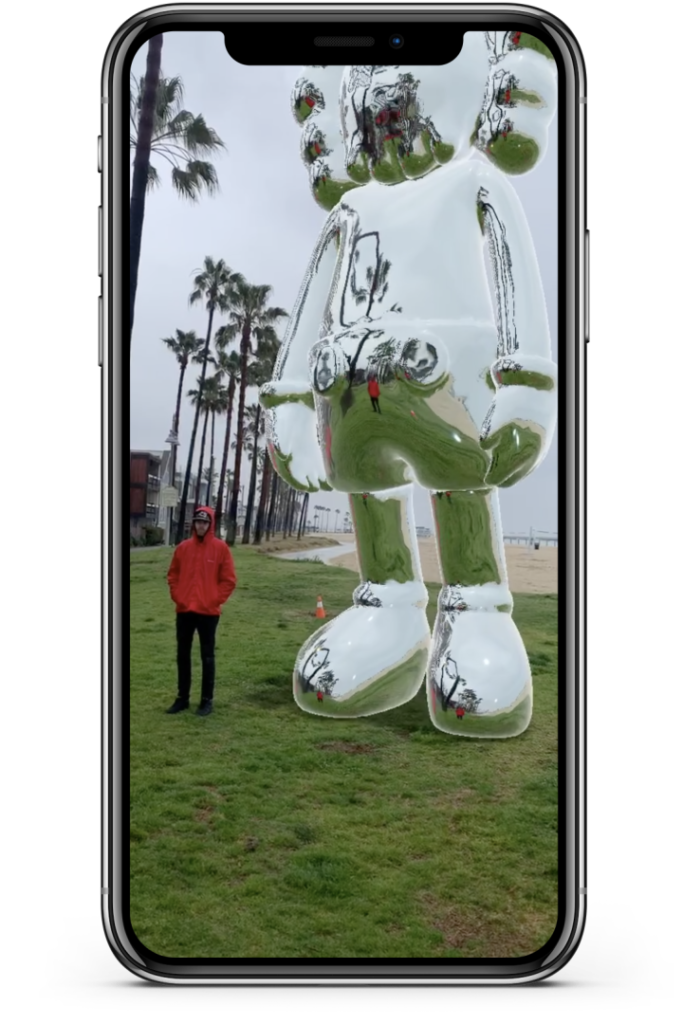
How does the GSR create access?
With the GSR spurring provenance and interoperability for content and experiences in a digital x physical world, it also creates access to an experience unlike any before. No longer does art have to be pegged to a sterile, white box room, where the smell of cheap red wine and cheese lingers; it can be out in the world, in neighborhoods that didn’t have access to the art in the first place.
"The GSR can act as a free approach to geofence experiences."
Snap and other content platforms charge daily rates for anchoring content experiences to specific locations. Through the GSR, geofencing experiences can be a free endeavor and can take less than a minute to do. Decentralized geofences give content publishers, event owners, artists, and game enthusiasts new realms to place their work. Geofenced experiences are a great discovery tool for future native experiences developed elsewhere. We foresee the GSR helping facilitate the discovery of a new class of experience tied to physical space.
Illust is working alongside ZappAR on creating an Open Source augmented reality standard called “Looking Glass,” which renders browser-based games within a particular browser. “Looking Glass” gives added utility to the GSR. It allows developers to deploy games into the world without going through a separate publishing flow. There will be more on the project “Looking Glass” in the coming months.
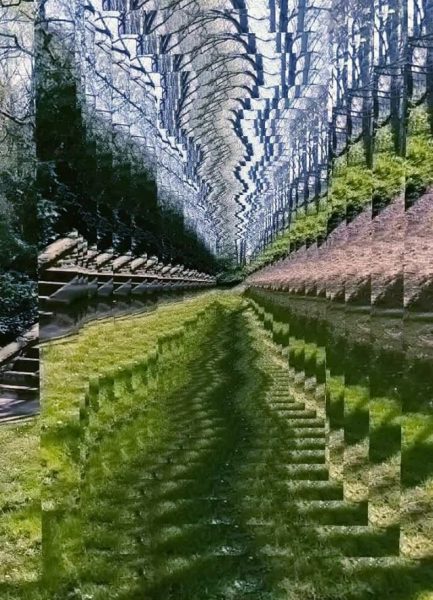
How will Illust be using the GSR?
Illust’s augmented reality browser application, Illust AR, will be referencing the assets placed on the GeoSpatial Registry to populate its global map of AR content. Most experiences added to the Registry will be visible using the augmented reality application. Registry users will be able to use the following tools from Illust to expand their “Phigital” footprint further:
- Scene preparation tools
- Proof of Presence
- Configurable PoPs
- AR Layers/Reality Channels
The Registry contains information on who owns a given asset or experience. Visitors to the Illust AR application who log in using the same wallet address for the owned asset are granted access to Illust’s suite of AR tooling. For more on how the system works, please visit the GSR litepaper (coming soon).
Illust is working alongside ZappAR on creating an Open Source augmented reality standard called “Looking Glass,” which renders browser-based games within a particular browser. “Looking Glass” gives added utility to the GSR. It allows developers to deploy games into the world without going through a separate publishing flow. There will be more on the project “Looking Glass” in the coming months.
Who can participate in the GSR?
The GeoSpatial Registry is open to any marketplace, project, chain, or project which renders, sells, or shares digital assets. The team is working to create a protocolSDK that enables participants to add their pieces to the Registry at the time of purchase or publishing. Illust is working with partners across the ecosystem. Some of the early partners include:
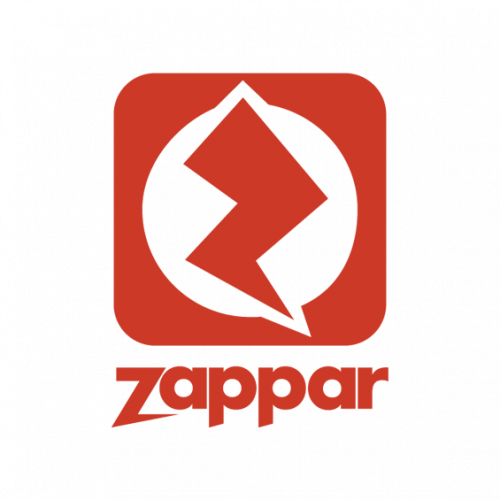
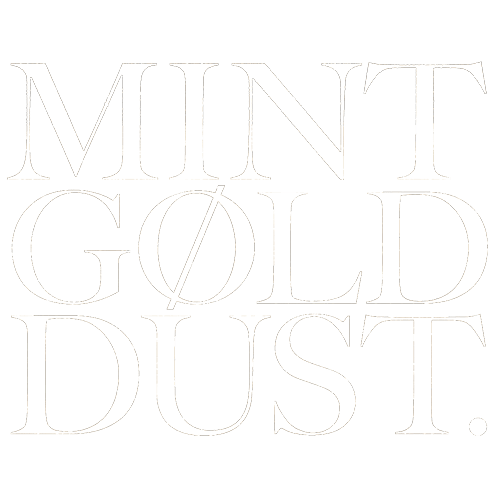
Visit the GSR Site (Coming Soon)
Visit the Litepaper (Coming Soon)
If you're part of a project and interested in adding the GSR, please reach out to us below:
More from Illust
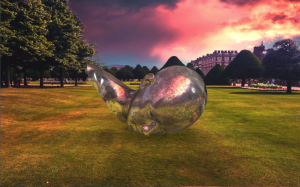
Augmented Reality Solutions for Cannabis, Music, and Retail
Artist-Driven AR Experiences That Engage and Retain Your Customers. Book a Time Free Consultation Over 3 Billion Impressions Facilitated for our Partners Where TalentMeets Tech.

Welcome to Illust, a Web3 Metaverse in the Physical World
IMMERSIVE AUDIENCE ENGAGEMENT ☻ Augmented reality encounters for . Book a Time Free Consultation Over 3 Billion Impressions Driven for our Partners >50% of consumers
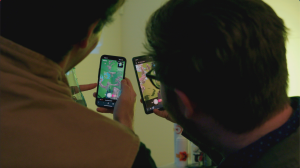
Proof of Presence in the Web3 Metaverse
PROOFOF PRESENCE What’s Proof of Presence? Proof of Presence is an on-chain record of user activity on the Illust AR Application. Proof of Presence also
